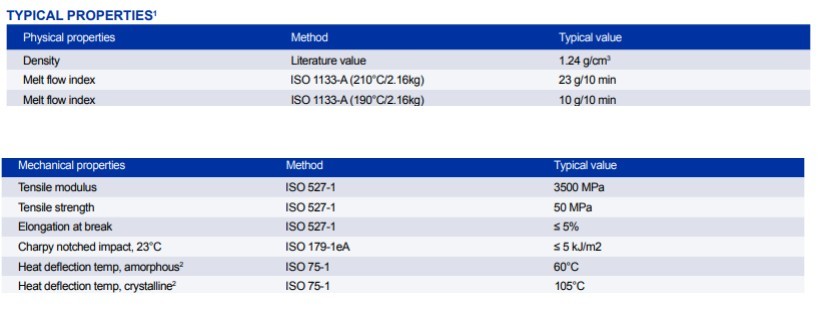


COMPOSTABILITY Composting of organic waste helps to divert organic waste from landfill or incineration. Composting is a biological process in which organic wastes are degraded by microorganisms into carbon dioxide, water and humus, a soil nutrient. Filetto PLA+ polymers are in compliance with the EN-13432 standard. Filetto PLA+ has been certified compostable by TUV Austria (OK Compost S478) and by European Bioplastics (Seedling 7W2030) up to a thickness of 2.3 mm. As the compostability of the end product is also dependent on the geometry of product, it is the responsibility of the manufacturer of the end product to ensure compliance with the regulations

FOOD CONTACT STATUS In the European Union, Filetto PLA+ polymers are compliant with EU commission regulation 10/2011 of 14 January 2011 (and amendments) on plastic materials and articles intended to come into contact with food. Lactic acid is considered a dual use substance, since lactic acid is approved as a food additive (additive number E270). There are no SMLs or SML(T)s for the ingredients used to produce Filetto PLA+. The regulation does include an migration limit of 10 mg/dm2 on the overall migration from finished plastic articles into food. It is the responsibility of the manufacturer of the final product, when intended as a food contact product, to determine that the use of the product is safe and also suitable for the intended application